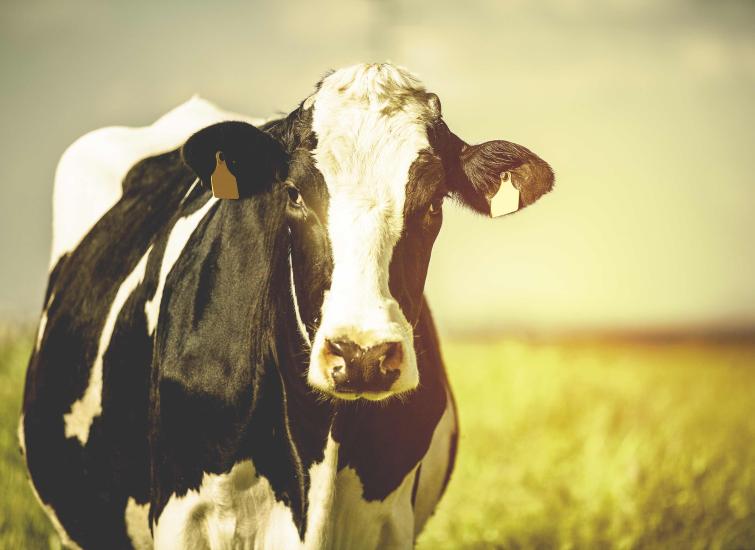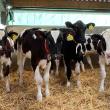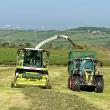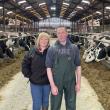Before working with Liz we were introducing the calves to a milking cow diet when they were weaned. Liz changed this to a straw and cake diet and we’ve seen great results. DLWG is good, we are gaining an additional 0.15kg and they are growing into a good frame rather than being pot-bellied.
Challenges coming into Autumn and Winter
Ruminant Nutritionist, Mark Gorst looks into the feed challenges we might see this winter...

2020 has been an expectionally challenging year with uncertain times still ahead for the dairy sector.
Spring saw an opportunity for early cropping of grass, followed by a drought period which challenged not just the growth of grass, but also stressed the cereal.
The later summer rain was a benefit for some, with an abundance of grass in mid to late August. The early dry spell may have impacted on grass growth for some second and third cuts. For other areas the prolonged dry period added further complications to the quality and quantity of forage that has been grown and subsequently harvested.
Forage has not been the only challenge this summer, heat stress has also been an issue and has knock on effects coming into winter. (You may have read some of our article specifically on heat stress which you will find in our news section.)
What are the feeding challenges we face this winter?
The key component in all dairy diets is forage. As I have already eluded, quality and quantity across all forage types has been a challenge this summer. A consistent quality source of grass silage is an essential part to any base diet I would put together.
If forages are dry and of lower energy, these can have an impact on acheiving the high ME forage base required for the diet.
A second forage may see a benefit to some farms. Maize will start to be harvested in the near future if it hasn't been taken already and the signs are that crop quantities are reasonably good in most areas. This additional forage, in some cases will help bring the energy density of the diet to an acceptable level to encourage an increase in milk.
Challenges have also been seen in the UK dairy industry with the ongoing Covid 19 pandemic. Further uncertainy will impact with Brexit and the upcoming US elections, resulting in a volatile raw materials market. Selection of raw materials will be key this season to make sure that costs don't spiral out of control. The team here at Advanced Nutrition are happy to discuss your best options in regard to covering raw materials for the winter, so please do get in touch.

There are other challenges that we come across that can affect the performance of a milking herd this winter. The weather has, and in some areas, is still acceptable for cows to be outside.
Leaving cows at grass too long can have a negative impact on performance. Lower energy grass results in less overall energy being consumed. This results in less milk being produced and in some cases body condition loss.
Dry Cows are often forgotten especially in late summer and when they calve they’re expected to get on and produce the milk, as well as get back in calf. I think it is worth investing in this group as they provide the cornerstone of the winter milking herd. If managed correctly they will give the reward throughout the winter months.
Lameness - Simply if a cow is struggling to walk effectively there will be no motivation for her to make it to the trough to feed. Reduced intake means less yield and possibly a deterioration in her body condition. I’d suggest reviewing the foot trimming and foot bathing policy to reduce lameness incidence across the herd.
Shed Design - Housing for the herd is important, cows respond to having enough air, water and light. A lower than acceptable feed rail has an impact on intake and therefore performance.
We have to remember that each farm and herd is unique, they all have their own bottlenecks, some are easily resolved, others require compromising to manage them. The points I have highlighted are only a few that will have an effect on herd performance this autumn and winter.
If you would like your herd reviewing please get in touch. Our aim at Advanced Nutrition is to optimise the performance of the herds we work with.
〈 BACK




